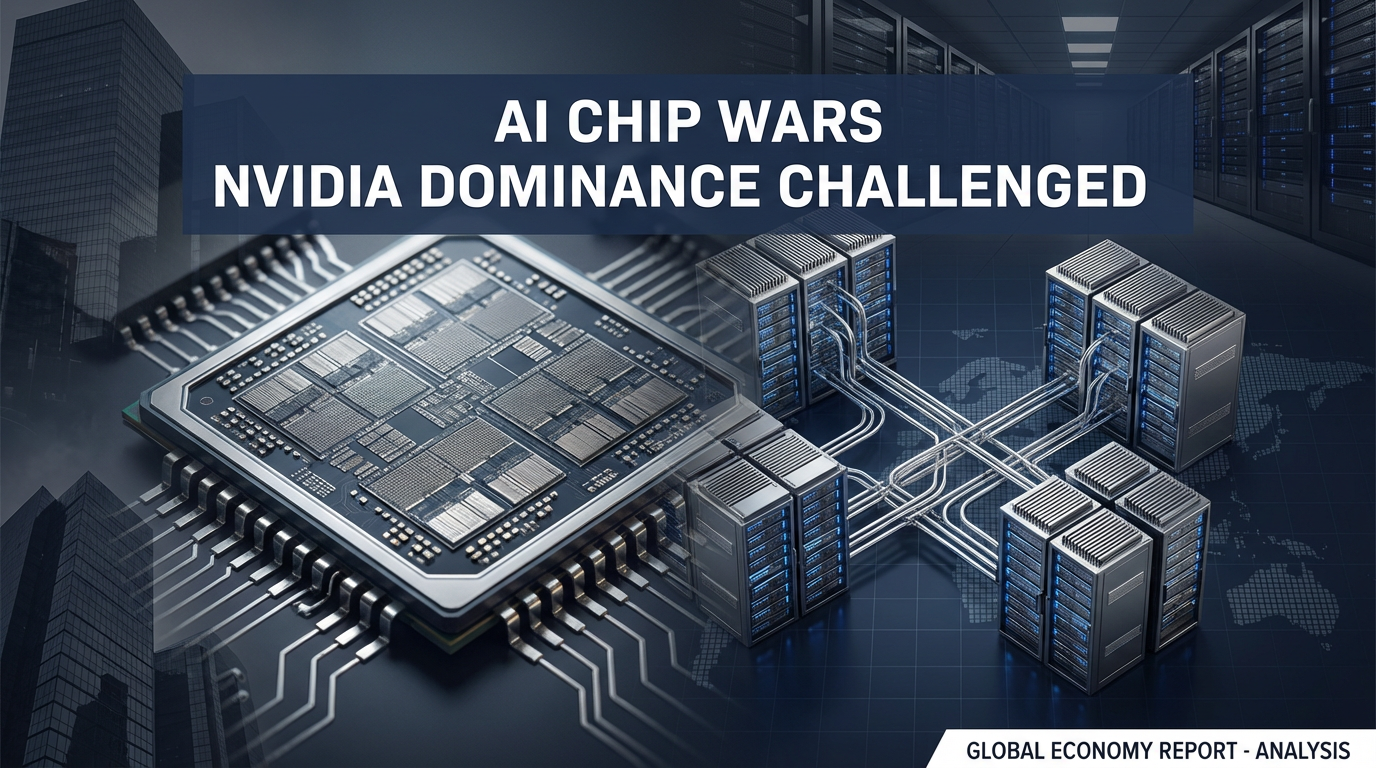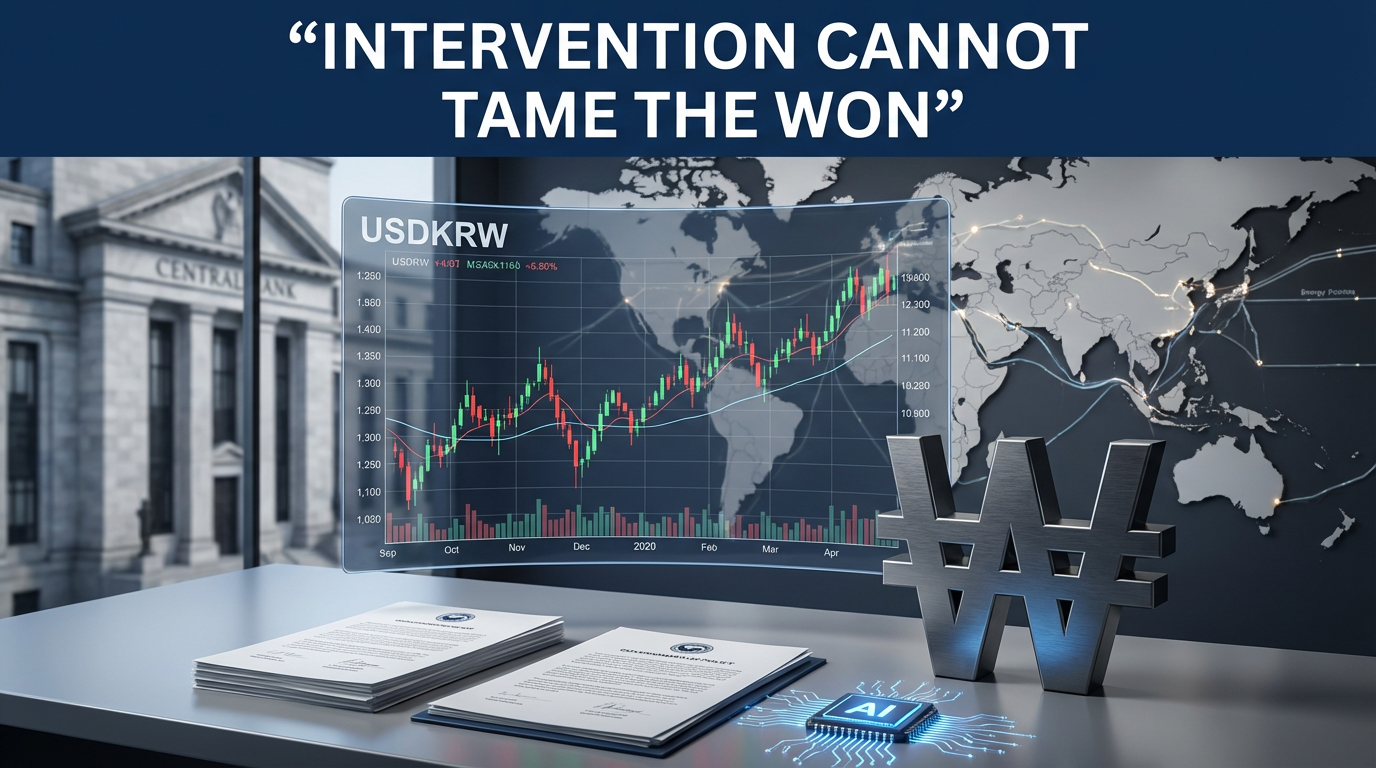Current Semiconductor Market Trends: Nvidia, Broadcom, and AI Semiconductor Investment Outlook
Differences in Stock Price Trends between Nvidia and Broadcom
- The difference in stock price trends between Nvidia (GPU) and Broadcom (ASIC) is due to the AI semiconductor market moving towards a 'front-loaded investment, back-loaded profit' stage.
- Nvidia's investments in GPUs required for data centers and AI learning have already reached a significant level. However, it is unclear whether investments will continue to increase at the same rate this year as last year.
- On the other hand, Broadcom is now entering a period of performance growth due to the growth of ASIC semiconductors in the AI market.
Nvidia's Strategy Shift
- Nvidia, which was previously focused on AI infrastructure (hardware), is recently trying to expand into software and AI platforms.
- At CES 2024, the company unveiled AI agents and robot technology, evolving from a simple chip manufacturer to an AI system solutions company.
- This is a strategy similar to Apple's growth model, which shifted from hardware (iPhone) to services and the App Store platform.
DeepSeek and Potential Changes in the AI Semiconductor Business
- After the recent release of the AI model 'DeepSeek,' LLMs (Large Language Models) may become commoditized.
- The AI semiconductor market is in the process of shifting from a GPU-centric market to an ASIC (application-specific integrated circuit)-based market.
- This is likely to accelerate the development of in-house chips by traditional Big Tech companies.
AI Platform vs. Hardware Competition
- The areas of AI hardware (semiconductors) and AI platforms (B2B and B2C services) are being separated, and the competitive landscape is changing.
- Examples:
- Tesla (Autonomous Driving and Robots): A leading company that physically utilizes AI.
- Nvidia (AI Chips): Building infrastructure for platform companies to use.
- Microsoft, Google, Meta (AI Platforms): Developing cloud and AI software services.
Korean Semiconductor Companies' (SK Hynix, Samsung Electronics) AI Growth Strategies
- SK Hynix plays an important role in the AI GPU market based on HBM (High Bandwidth Memory).
- Samsung Electronics is also attempting to cooperate with OpenAI and Google to participate as a major player in the AI semiconductor market.
- As AI models expand, the demand for memory semiconductors is likely to continue to grow.
Future AI Semiconductor Market Outlook
- Big Tech companies' investments in AI semiconductors will continue, and efficient investment will be more important than worrying about a slowdown in semiconductor demand.
- In the short term, companies like Broadcom may be dominant as the ASIC-based market grows.
- However, in the long term, companies with AI platforms are likely to create more value.
- As AI semiconductor technology advances, Samsung Electronics and SK Hynix are also expected to strengthen cooperation with platform companies.
< Summary >
- The AI semiconductor market is developing into a 'front-loaded investment, back-loaded profit' structure, and ASIC-based semiconductors like Broadcom are likely to receive more attention for the time being than Nvidia.
- Nvidia is transitioning from a simple hardware manufacturer to an AI platform and software company.
- With the emergence of OpenAI's DeepSeek, the possibility of LLM commoditization is increasing, and the areas of AI hardware and software are expected to become more segmented.
- Korean semiconductor companies (SK Hynix, Samsung Electronics) are strengthening their positions in the ecosystem by strengthening cooperation with AI semiconductors and AI platforms.
- In the AI semiconductor market, software and service companies with high potential for monetization are expected to receive increasingly higher valuations.
[More…]
*YouTube Source: [이효석아카데미]
– 지금 엔비디아를 대하는 시장의 판단, 아주 냉철하고 정확합니다ㅣ최도연 SK증권 센터장 [풀영상]

Trump, Bitcoin, and the Strategic Choices of the United States
1. Trump's Past Bitcoin Disparaging Remarks
- In 2017, when Trump was elected, he described Bitcoin as a "worthless asset that threatens the dollar."
- At this time, China held most of the Bitcoin.
- China recognized Bitcoin as a strategic asset.
2. The Shift in U.S. Stance and Bitcoin Accumulation
- Initially, the U.S. was negative on Bitcoin to prevent dollar outflows and foreign currency leakage.
- However, over time, the U.S. began to accumulate Bitcoin explosively.
- Furthermore, it decided to recognize and utilize Bitcoin as a national strategic asset.
3. China's and BRICS' Response
- China chose a strategy of continuously increasing its gold reserves as the dollar hegemony is reset.
- BRICS countries are building an economic network centered around gold.
- However, in the long term, China is also likely to pay attention to the strategic value of Bitcoin.
4. Future Prospects of Bitcoin
- Currently, the value of gold is primarily attracting attention.
- However, as blockchain technology and the financial paradigm move from off-chain to on-chain, Bitcoin's influence will continue to increase.
- In the long term, Bitcoin is likely to become a more powerful asset in the global economic system.
< Summary >
The U.S. was initially negative on Bitcoin but strategically began to accumulate it and recognized it as a national asset. On the other hand, China maintains a strategy that values gold, but in the long term, it may also seek to secure Bitcoin hegemony. As the global economic flow moves on-chain, Bitcoin's influence is expected to continue to increase.
[More…]
🔗 Bitcoin and Changes in Global Economic Hegemony
👉 https://nextgeninsight.net/?s=Bitcoin
🔗 The Role of US Financial Strategy and Bitcoin
👉 https://nextgeninsight.net/?s=UnitedStates
*YouTube Source: [Jun’s economy lab]
– 트럼프가 비트코인에 진심인 이유



